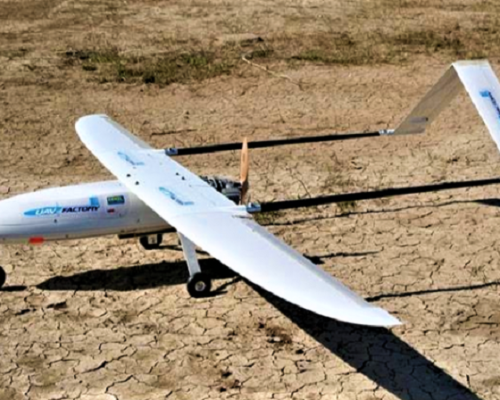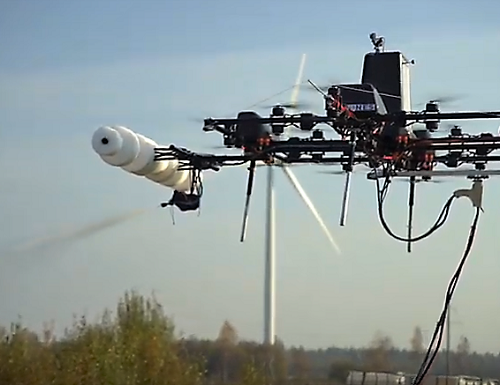Fighter WWII was located after 66 years
History
On July 15, 1942, six P-38 Lightning fighter aircraft and two
B-17 Flying Fortress bombers encountered a blizzard while
supporting the Allied war effort in the British Isles.
The aircraft was forced to conduct an emergency landing
on the glaciers of Greenland, and though all the crew members
were rescued nine days later, and the aircraft were left behind.

P-38 after landing
Over the decades, the ever-shifting ice sheets of Greenland
buried the aircraft, known as the Lost Squadron,
under between 250 and 300 feet of ice.
Fifty years later, in 1992, one of the P-38s was extracted
from the ice and restored to flying condition.
A revitalized search effort led by the non-profit
Arctic Hot Point Solutions (AHPS) has discovered another P-38
of the Lost Squadron.
Hints of the aircraft were first detected
in 2011 as the team combed the area with radar to search
for objects under the ice.
Earlier this year, the AHPS team (led by Jim Salazar and Ken McBride)
and specialists of UgCS (Latvia),
returned to deploy new ground penetrating radar (GPR) mounted on drones to more efficiently search for the buried WWII warbirds.
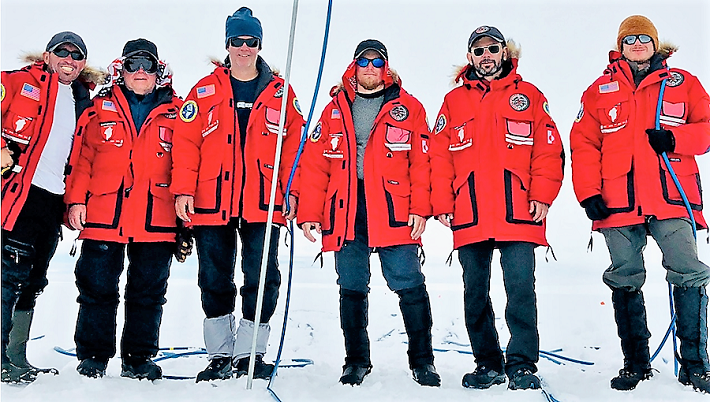
AHPS team of the expedition
UgCS members in the AHPS team (Janis Kuze and
Alexey Dobrovolskiy) is among the industry leaders when it comes
to drones, programming, and software development in their field.
UgCS (Universal ground Control Software, Latvia) and engineers
SPH Engineering has developed a special onboard computer
and software that provides GPR control for UgCS drones.
popularmechanics.com
More at AHPS
Where exactly is the buried WWII fighter P-38?
How were precise coordinates of fighter P-38 under ice found?
AHPS expedition members had broken into two groups.
First began searching for P-38 using a drone with a GPR system.
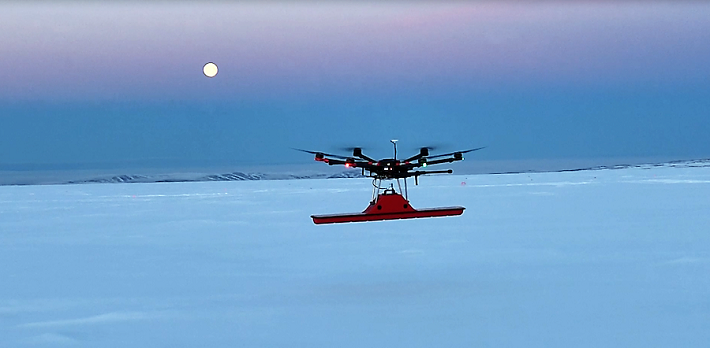
GPR-drone system during a survey mission
Data received showed the possible presence of an object on the ice
in the depth of 90 meters.
Very similar results were also obtained by a second group that moved
GPR antennas are manually on the surface of the glacier. Both groups
the measurement margin was only three meters.
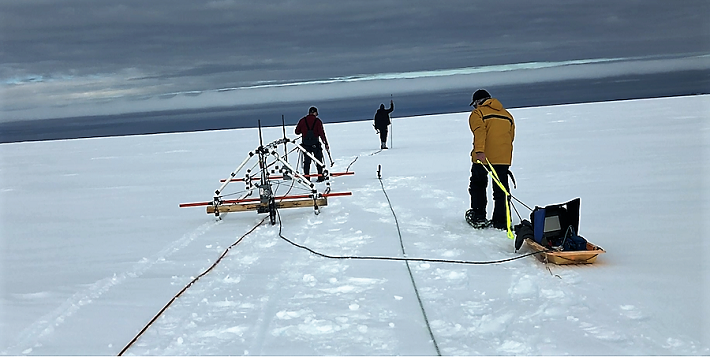
Surveying group with GPR mounted on the sled
Based on these data, it was determined where to do control drilling.
The climax of the expedition was at the time of removal from
a 104-meter deep drilling probe with red liquid,
identified as U.S. aviation hydraulic oil “5606.”
The aircraft has been identified as the fighter P-38 “Echo” piloted
by Robert Wilson on that fateful day in 1942.
The search team, with support from the governments
of Greenland, the United States, and the United Kingdom,
plans to return next summer (2019) to begin the extraction
process of the P-38.
In video – more about SPH Engineering GPR-integrated systems
More about Latvian drones
Maybe You are looking to locate another thing?
Please comment below!
Photos from the above sources.

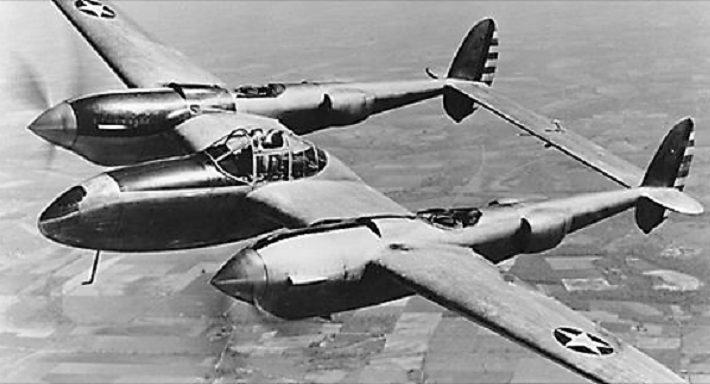 AHPS
AHPS



